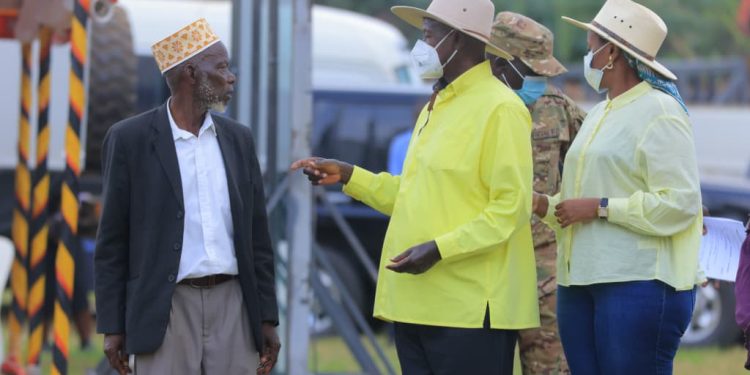Artificial intelligence has become widely popular in many areas of our lives, including educational and professional environments. This means that the average person can easily use AI to make their life easier or to cheat the system in some cases. Many people are starting to visit website to help schools and workplaces combat the use of AI by their students and workers.
The reality is that most detection tools are created to help people detect AI-created content, but are often give false positives, which is causing stress among employees and students. This AI detection tool was created to help teachers and employers find out whether or not a piece of content was created by a human or artificial intelligence.
Sadly, most of these tools aren’t accurate enough to be used as a standalone tool. They must be a part of a larger toolbox of methods to detect AI usage within the classroom and workplace. This information comes as we are starting to as an influx of AI detection tools going under fire for false positives in schools and workplaces.
People who are doing the work and taking the time to ensure that they’re not using AI are starting to get frustrated and discouraged when their employers or teachers use an AI detection tool that says it’s AI-powered when they didn’t use artificial intelligence for their work. This causes a breakdown of trust, and motivation as students or employees start to withdraw from their classroom studies or work duties over fear that it won’t matter when their teacher or employer runs the AI detection model on their work.
The reality is that so many people are being dishonest and using ChatGPT to create their essays, content, and complete homework for them. This is something we must fight back against, but with the onset of arguments about the accuracy of AI detectors, what is the right solution for all? The human eye cannot detect AI-created content as easily as these detection tools can, so what are we to do?
It seems the false positives are often given from this tool when the person is creating more mundane work, such as a research paper or essay that has a particular format without much human creativity required. This means that the human being may be created content that’s easily mistaken as artificial intelligence, for it lacks perplexity, which is one of the key components an AI detector will look for.
One can easily understand how this would be something that causes issues within classrooms where students’ classwork and homework is often something that could be misconstrued as AI-created content. Many students are being accused of cheating and facing academic disciplinary action even though they created their content by hand, without AI help. This is causing academic chaos as students who are generally good students have to face arguments about the results of a piece of AI technology.
This comes down to a teacher having to know the student best and trust them when they meet about this false positive. Often times the teacher will know the student best, but sometimes they don’t know the student, and this could cause strain on the student-teacher relationship. This will slowly and is slowly breaking down the trust between workplaces, schools, and their employees or students.
Some human beings create content that is similar to what a robot could create. This includes content that is SEO friendly, perhaps homework that is more robotic like in structure. AI detection tools are checking for sentence structures, repetitive word usage, odd grammar or consistent paragraph sizes. These are all signs that an AI chatbot created the work, as AI is often very structured and robotic.
Not only that, but most AI content writers like ChatGPT will repeat a word so much that it really does sound odd when you read the content out loud. This is why a human being can sort of see when a piece of content may be AI-created, but not fully. Some people are more robotic in nature than others, simply because of their personality type or training level with content creation.
This is where we need to start talking about AI detection tools, AI-powered content tools, and other pieces of AI that are infiltrating our lives. Schools and workplaces must sit down and draft up their guidelines about using AI within their industry, and how they will handle the usage of AI detection tools. It is highly advised that you use AI detection tools as a part of your toolbox to check your students or employees work so that you’re not just relying on feedback from artificial intelligence.
Human beings have many nuances about their personalities and skillsets, so it’s imperative that we learn how to use AI to enhance our lives, and improve our communication and trust within those who are working together in the classroom and workplaces across the globe.











